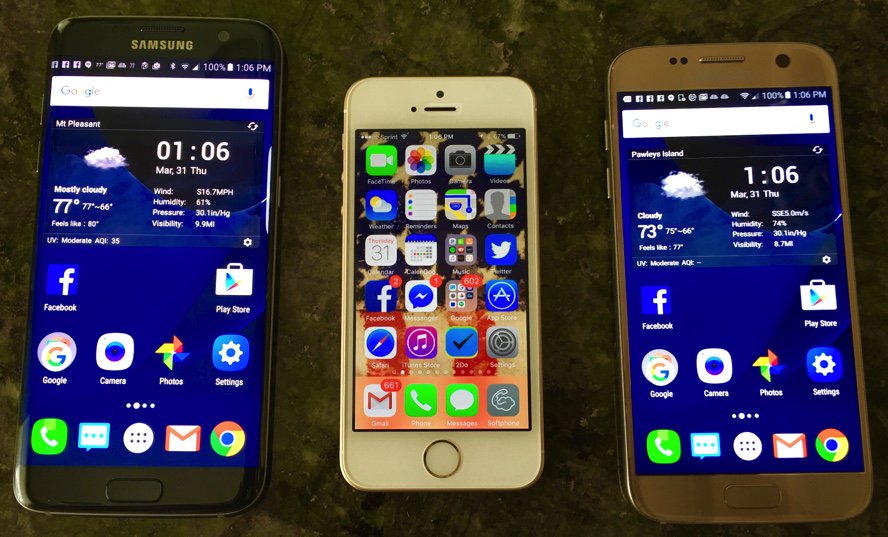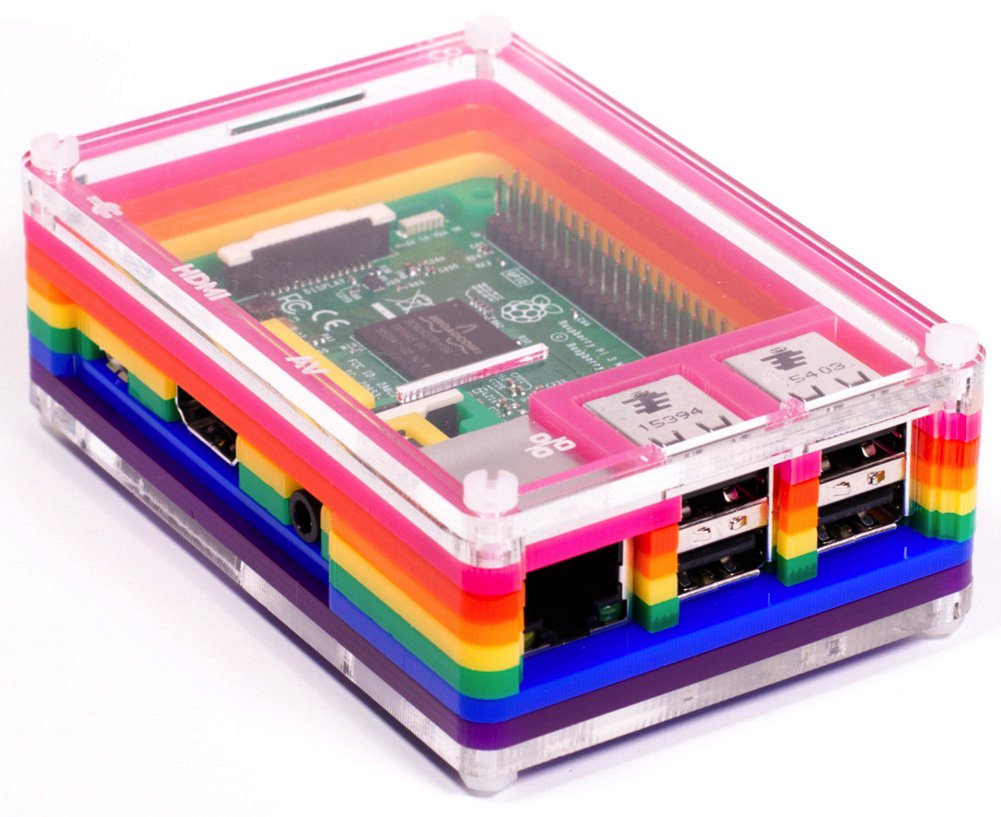Smartphone Trifecta: 2016’s Very Best Cellphones with Two Awesome Surprises
Every year we try to check out the latest and greatest smartphones with emphasis on finding those that are the best fit with Asterisk®. So this year is really special because our three favorite new phones all come with a couple of surprises. First, monthly cellular service can be FREE on all of them! Second, all of the phone numbers associated with the three phones can be used as free SIP trunks with Incredible PBX™ or your favorite Asterisk server.… Read More ›



